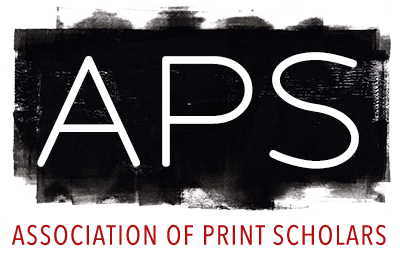Phillips Collection,
Washington,
DC, United States.
02/04/2017 -
04/30/2017.
"Toulouse-Lautrec Illustrates the Belle Époque"
Presents an extraordinary collection of iconic and rare prints and posters from nearly the entire period of Henri de Toulouse-Lautrec’s lithographic career. The legendary French artist established his studio in Montmartre, a Paris neighborhood known for its freedom and nonconformity, and reveled in entertainments found at hot spots like the Chat Noir, the Mirliton, and the Moulin Rouge. His record of amusements fashioned a portrait of modern life that captured the bohemian spirit of the belle époque, a time of vitality and decadence in France.
Having first experimented with lithography in 1891, Toulouse-Lautrec revolutionized the medium with ambitious work that featured fragmented forms, compressed pictorial space, dramatic scale, and vivid colors. Considering printmaking equal in importance to painting, he prepared in-depth sketches for most lithographs. He selected subjects from daily life, honed in on details for impact, heightened unique features, and celebrated performers and spectators in memorable images that define the era. He looked to the caricatures of Honoré Daumier, the theatrical paintings of Edgar Degas, and the simplified, vibrant forms of Japanese ukiyo-e prints. This remarkable collection, on view for the first time in the United States, also includes examples from influential contemporaries—such as Théophile Alexandre Steinlein’s famous poster for the Chat Noir and Anquetin’s animated painting of the Mirliton—that enrich Toulouse-Lautrec’s enduring characterizations of turn-of-the-century Paris.
"The Life of Toussaint L'ouverture: Jacob Lawrence"
This exhibition features 15 rarely seen silkscreen prints created by American artist Jacob Lawrence (1917–2001) between 1986 and 1997. The series portrays the life of Toussaint L’Ouverture (1742–1803), the former slave turned leader of Haiti’s independence movement. L’Ouverture led the fight to liberate Saint-Domingue from French colonial rule and to emancipate the slaves during the 1791 Haitian Revolution, the first successful campaign to abolish slavery in modern history. Lawrence had explored the same subject more than 40 years earlier—when he was only 20 years old—in a series of paintings of the same title (now in the Amistad Research Center, New Orleans). The celebrated paintings, which were featured prominently at the Baltimore Museum of Art in 1939, laid the groundwork for Lawrence’s lifelong interest in the human quest for freedom and social justice.
While he based these later prints on the earlier 11 x 19-inch paintings, Lawrence distilled the story to 15 works from the original 41 panels and significantly expanded their scale. He worked closely with DC-based master printmaker Lou Stovall to translate the colors and fluid movement of the original tempera paint to each composition. In the print series, the narrative follows L’Ouverture from his birth to his rise as the commander of the revolutionary army to his eventual capture by Napoleon’s men. In the original painted series, Lawrence continued the story through the death of L’Ouverture as a prisoner of war in 1803, just one year before Haiti declared independence with the crowning of Emperor Jean-Jacques Dessalines.
